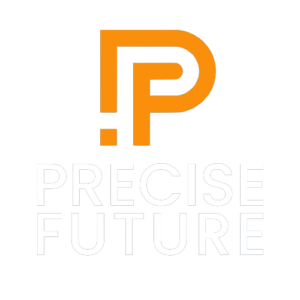Our service: operations and digital consulting works under the premise that all companies constantly seek the best way to do whatever we do. This is the same for a travel agency, a clothing factory, an online store or a service company, we need to improve.
From the perspective of operations the most comprehensive indicators to measure (and control) this improvement are efficiency and effectiveness.
In short, a process is efficient if does not use more resources (time, personnel, money) than those that are really necessary for its execution and that a process is effective if achieves the objectives for which it was designed.
The operations and digital consulting service is a service that seeks to improve the efficiency of our clients' processes through the use of technology as long as efficiency is maintained.
To achieve the above, this service is developed in 2 main stages:
- Diagnosis (the current situation is determined regarding the management by processes and production costs of goods or services)
- Planning (The operations, activities and processes of the company in which the digital transformation will have the greatest economic impact are determined)
Everything that I explain to you in this article can be implemented in your company, business, venture... yourself. Next, I explain how we do it in Precise Future for our clients and if you are interested you can request the service at this link.
Diagnosis and planning
When a company is interested in this service, we schedule a first meeting to find out exactly what it is looking for. It is possible that you are clear about the processes of your company in which you want to implement this service. However, if what you need is to automate or digitize specific tasks or activities, I recommend you request this service since it is more oriented to the implementation and measurement and monitoring stages that are not part of this service.
The operations and digital consulting service is more comprehensive and its main output or product is the digital transformation plan.
Initial meeting
In the initial meeting, our team will ask you several questions that will help you determine the magnitude and scope of the project to be carried out. We always recommend that a person from your company be present at the meeting who is responsible for the process(es) in which you want to carry out the study.
After this meeting, the preparation of the budget begins. To obtain this budget, our team will carry out several analyses.
- Characterization of the most used tools in your field, advantages, disadvantages and cost of the same
- Number of sub-processes and activities within the process(es) in which you want to improve through the use of technology.
- Number of people involved in these processes
- Number of inputs and outputs of each activity
- Status of process management in the company
Budget
This determines the number of hours that we recommend to cover all the necessary aspects of planning and diagnosis.
The elaboration of the budget should not take us more than 72 hours after which the estimated budget of your project will be sent to you.
Once the budget is approved we send you:
- service provision contract
- confidentiality agreement for both parties
After completing the previous topics, the diagnosis begins to be developed in more depth. During this stage it is important that you see us as part of your company since to achieve good results we are going to need support from your work team and access to the information involved in the process.
What analyzes are carried out to obtain a good diagnosis of the current situation?
Diagnostics for this service with Precise Future have several outputs:
- Preparation (or updating) of the process map (1)
- Current activity flow for the processes in question (2)
- Current costs associated with each activity (3)
To obtain the flow of activities, we interviewed those responsible for each process (specialists, non-managers). There are cases in which it may be necessary to follow up on the work that is carried out, that is, to observe how they carry out some of the activities that we cannot fit into the process map only with the worker's explanation. It can also be applied to tasks or activities in which execution times vary greatly from one execution to another.
We determine the process map from the interaction between these defined activities, the importance of these to guarantee the quality characteristics of the products or services that you offer and the way in which these activities are related to the mission of the company.
Finally, to determine the costs of each activity we have two options. The first is to obtain the direct and indirect costs from your company's accounting, we apply the indirect cost allocation technique that best suits the data we have.
You may not be willing to make accounting-related information available to us. In this case, all the analysis will focus on reducing working times.
Planning
Based on the results of the diagnosis, we began to analyze alternatives for the automation and digitalization (4) of activities that allow us to reduce production costs. For each activity you will have, current cost against cost after having made the change. Finally, a analysis of the value chain(5) with which we determine which activities are essential and which are not to obtain your products or services (maintaining the same quality characteristics and/or service levels).
With these elements, we draw up a digital transformation plan (6) that includes all the aforementioned outputs (marked with a number in parentheses to the right), a breakdown of the steps (roadmap) that we recommend taking according to the benefits provided by each one to the company and implementation costs.


